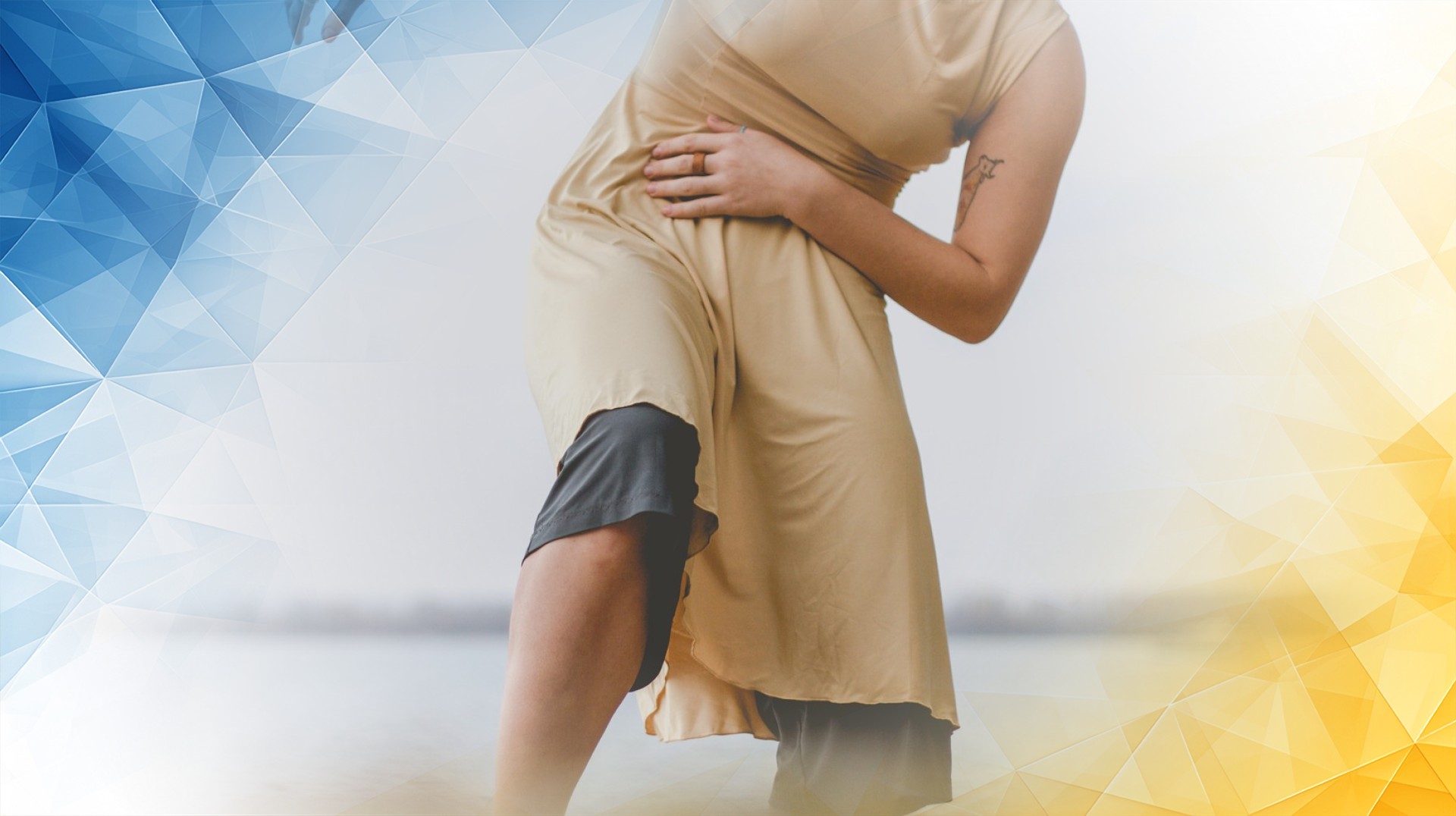



An anterior cruciate ligament (ACL) tear is widely regarded as a serious knee injury that often requires surgery to restore stability, especially for athletes and active individuals. For many years, reconstructive surgery has been the standard treatment. However, recent research and clinical experience suggest that, in certain situations, an ACL tear could potentially heal naturally—without the need for an operation. In this article, we’ll explore the signs that point to possible natural recovery, identify who might benefit from non-surgical treatment, shed light on how the ligament can repair itself, and discuss what this means for the future of ACL care.
Determining whether an ACL tear can heal without surgery starts with a thorough clinical evaluation, including advanced imaging. Magnetic resonance imaging (MRI) is especially valuable for examining the ligament and surrounding knee structures.
Certain MRI findings may signal a greater chance for natural healing. For instance, if the torn ends of the ligament are still close together and the fibers aren’t completely separated, the odds of healing improve. Tears located near where the ligament attaches to the thigh bone (proximal tears), or tears that extend outside the joint capsule (extrasynovial), also tend to heal better.
The absence of additional knee damage —such as a lack of significant swelling or injuries to other parts of the knee like the meniscus—also improves the likelihood of a good outcome. Doctors often monitor these promising tears with repeat MRIs , noting that over time, the ligament can begin to look more intact and demonstrate reduced swelling—even without surgery. As our understanding grows, it becomes clear how valuable careful imaging is in shaping treatment decisions.
Even if an ACL tear shows signs of possible healing, non-surgical treatment isn’t suitable for everyone. It often works best for people who are less active or have less severe injuries .
For example, those who participate in recreational rather than competitive sports, or who don’t place high physical demands on their knees, may be well suited for non-surgical care—especially if their injury is limited to the ACL without significant damage to other knee structures. Minor injuries to nearby ligaments (like the medial collateral ligament, or MCL) may sometimes heal alongside an ACL injury using the same approach. Age is another factor: younger patients with growing bones, or older adults who are less physically active, may particularly benefit from conservative management.
Crucially, success with non- surgical treatment requires commitment to a rehabilitation program and avoiding activities that could over-stress the healing ligament. Studies comparing surgery with conservative care show that while surgery is often necessary for athletes who demand maximum knee stability , many patients treated non-surgically can achieve similar function if carefully selected. Ultimately, treatment should be tailored to each individual, weighing the advantages and drawbacks of both surgical and conservative care.
Why do some ACL tears heal naturally while others don’t? This question has intrigued researchers for years. Animal studies—particularly those using rat models—have offered new insights into the ligament ’s repair process.
Research shows that, following an injury, the body begins to form scar tissue at the tear site, and collagen fibers gradually re-align themselves, helping to strengthen the ligament. However, the healed ACL may not be as robust or flexible as it was before the injury .
This new understanding challenges the old belief that the ACL couldn’t heal due to poor blood supply. Advances in our knowledge of the healing process open exciting possibilities, such as biological treatments or optimized rehabilitation programs to encourage natural repair. Ongoing research is also focused on predicting which ACL tear s are most likely to heal on their own, allowing doctors to make more personalized care decisions.
Although it is still relatively uncommon for an ACL tear to heal completely on its own, emerging research shows that natural recovery is possible, given the right conditions. Key factors include specific MRI findings, the location and severity of the tear, and the patient’s activity level and overall knee health .
Animal studies and clinical experience are deepening our understanding, and future breakthroughs may help us select the best treatment for each individual—whether surgical or non-surgical. For now, a balanced and personalized approach remains the most effective way to help patients recover, factoring in the latest evidence, personal goals, and lifestyle demands. Ongoing research continues to refine our knowledge, improve outcomes, and perhaps, one day, make natural healing a more common reality for people with ACL injuries.
Ichinohe, S., Yoshida, M., Murakami, H., Takayama, H., Izumiyama, S., & Shimamura, T. (2000). Meniscal tearing after ACL reconstruction. Journal of Orthopaedic Surgery, 8(1), 53-59. https://doi.org/10.1177/230949900000800110
Rabelo, N. N., Rabelo, N. N., Cunha, A. A. G., & Correia, F. (2013). Spontaneous healing of bucket handle tear of the medial meniscus associated with ACL tear. Revista Brasileira De Ortopedia (English Edition), 48(1), 100-103. https://doi.org/10.1016/j.rboe.2012.05.004
Razi, M., Soufali, A. P., Ziaei Ziabari, E., Dadgostar, H., Askari, A., & Arasteh, P. (2020). Treatment of concomitant ACL and MCL injuries: Spontaneous healing of complete ACL and MCL tears. The Journal of Knee Surgery, 34(12), 1329-1336. https://doi.org/10.1055/s-0040-1708858
Signs that an ACL tear may heal naturally include MRI evidence showing the torn ligament ends are close together, minimal fibre separation, and tears near the thigh bone attachment. An absence of other knee injuries or severe swelling increases the chance. Prof Lee at London Cartilage Clinic uses advanced imaging for accurate assessment.
Non-surgical treatment is most effective for less active people, recreational athletes, or those with only the ACL affected. It may also suit younger patients with growing bones or older adults. Prof Lee’s expert clinical evaluation ensures each patient receives personalised care to maximise natural healing potential.
Healing involves scar tissue forming at the injury site, followed by gradual re-alignment of collagen fibres. Although the healed ACL isn’t always as strong as before, ongoing research supports improved biological treatments. Prof Lee’s extensive experience and knowledge ensure patients access the latest developments in ACL healing at the Clinic.
While surgery is often necessary for athletes demanding maximum knee stability, carefully selected patients may achieve similar function with non-surgical care. London Cartilage Clinic and Prof Lee tailor treatments, ensuring patients benefit from the latest conservative care options or advanced surgery, depending on their personal goals and needs.
London Cartilage Clinic, led by Prof Lee, offers world-class expertise in diagnosing and managing ACL tears. Patients receive access to cutting-edge imaging, personalised rehabilitation, and both surgical and non-surgical treatments. Prof Lee’s reputation for patient-focused care and outstanding results distinguishes the Clinic as a leader in ACL management.
All our treatments are selected to help patients achieve the best possible outcomes and return to the quality of life they deserve. Get in touch if you have any questions.
At London Cartilage Clinic, we are constantly staying up-to-date on the latest treatment options for knee injuries and ongoing knee health issues. As a result, our patients have access to the best equipment, techniques, and expertise in the field, whether it’s for cartilage repair, regeneration, or replacement.
For the best in patient care and cartilage knowledge, contact London Cartilage Clinic today.
At London Cartilage Clinic, our team has spent years gaining an in-depth understanding of human biology and the skills necessary to provide a wide range of cartilage treatments. It’s our mission to administer comprehensive care through innovative solutions targeted at key areas, including cartilage injuries. During an initial consultation, one of our medical professionals will establish which path forward is best for you.
Contact us if you have any questions about the various treatment methods on offer.
Legal & Medical Disclaimer
This article is written by an independent contributor and reflects their own views and experience, not necessarily those of londoncartilage.com. It is provided for general information and education only and does not constitute medical advice, diagnosis, or treatment.
Always seek personalised advice from a qualified healthcare professional before making decisions about your health. londoncartilage.com accepts no responsibility for errors, omissions, third-party content, or any loss, damage, or injury arising from reliance on this material. If you believe this article contains inaccurate or infringing content, please contact us at [email protected].